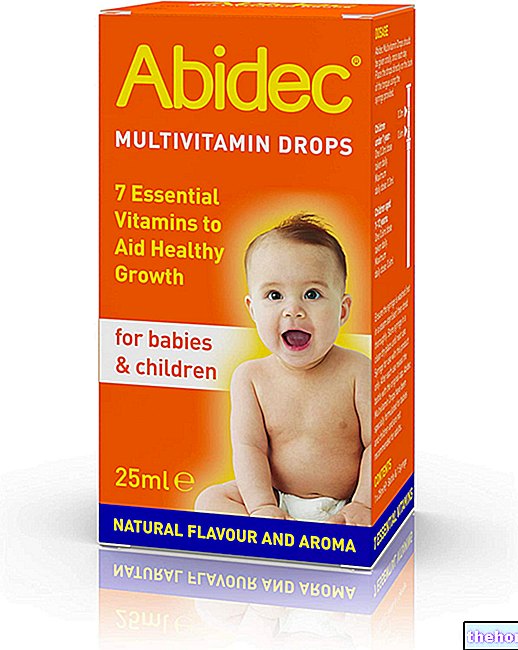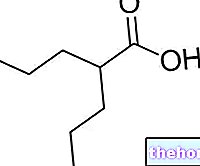SYNERGY
Pharmacological synergism is a collaboration between two substances in carrying out an effect.
Synergy can be of two types:
- SUM SYNERGISM;
- ENHANCEMENT SYNERGISM.
We speak of sum synergism when you have two drugs that act on the same receptor and give an effect that is the sum of the two drugs taken individually. For example, two bronchial smooth muscle stimulating beta drugs are taken: both bind to the same receptor and both have the same effect.
Why is a sum synergy not useful for pharmacological purposes? A sum synergism is not useful for pharmacological purposes because the same effect is obtained by using a single substance in a double dose, instead of using two different substances at half the dose.
Much more important for pharmacological purposes is the enhancement synergy. In this case, two drugs act on different receptors, but the effect obtained is greater than the sum of the effects of the two drugs taken individually. This phenomenon can lead to a reduction in the dose of the two drugs, but also a significant reduction in the effects. collateral.
Other articles on "Pharmacological Synergism"
- Pharmacological antagonism - Functional and Indirect
- Signal transduction mechanisms - Types of receptors




























